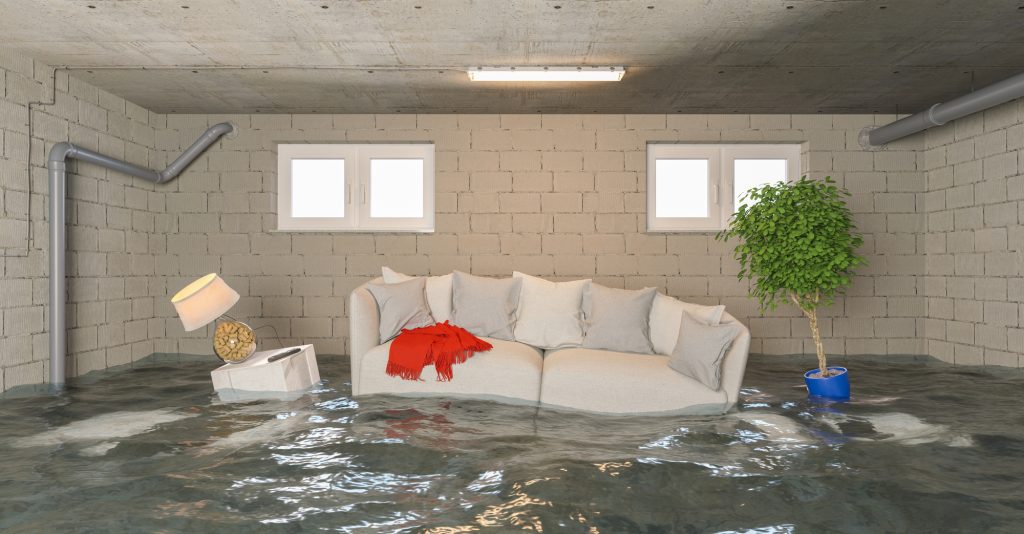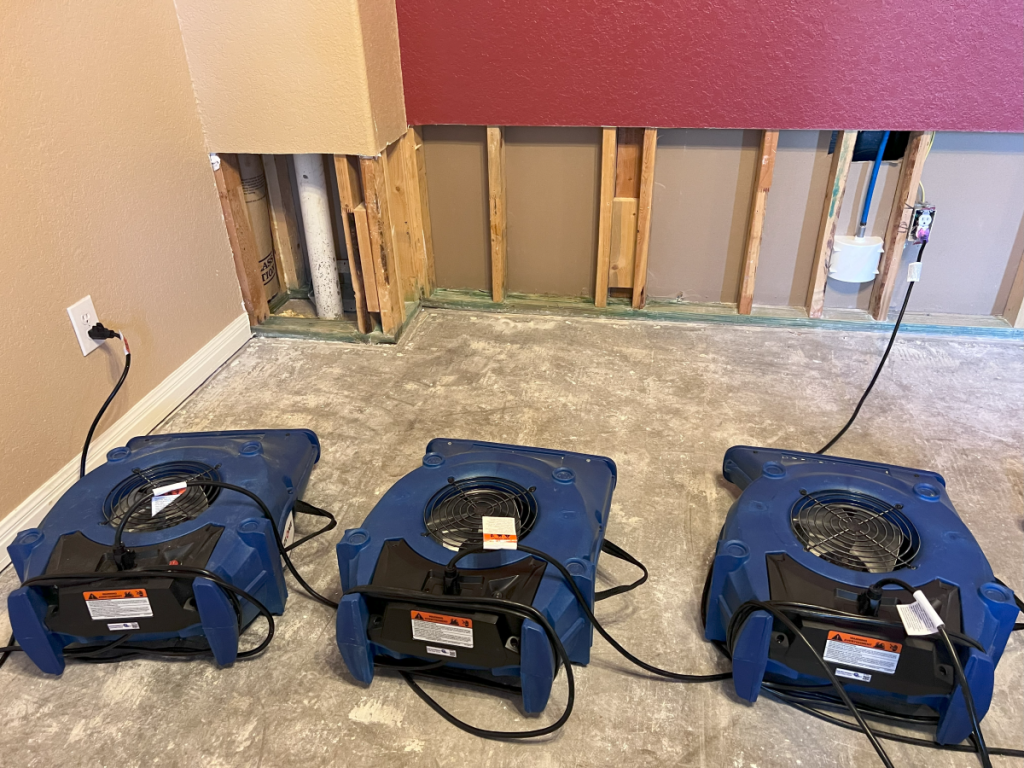Common Water Damage Issues in San Antonio Homes During Rainy Season
The San Antonio and Texas Hill Country region experiences a distinct rainy season, typically spanning late spring through early fall. Water Damage San Antonio homeowners face during the rainy season can be costly and stressful. This season brings increased rainfall and thunderstorm activity, heightening the risk of water damage in homes. Common issues include roof leaks, flash and river flooding, foundation damage, and plumbing problems—mostly due to heavy rain, regional geography, and urban development.
To mitigate these risks, homeowners should focus on proactive maintenance, flood awareness, and plumbing upkeep. Professional water damage San Antonio restoration services can also be critical during recovery.
The Rainy Season in San Antonio and the Texas Hill Country
The North American heavy rain affects this region by bringing increased moisture and a higher frequency of thunderstorms. While not as prolonged as Asian heavy rain, this season involves daily storm patterns, especially in the afternoons and evenings, driven by temperature and wind shifts from the Gulf of Mexico and Pacific Ocean. Water Damage San Antonio residents should watch for includes roof leaks and flooding.
Rainfall Patterns
- May through early June marks the peak rainfall period.
- May is often the wettest month with 3.5″–4.72″ of rain.
- June to August sees steady rain, averaging about 7.4″ total.
- September and October often experience a secondary rainfall peak due to tropical cyclones.
- Annual rainfall can vary significantly—from 10″ to 50″—so average statistics may not reflect individual year extremes.
Flash Flood Risks
Frequent thunderstorms during rainy season can cause rapid rainfall, triggering flash floods. San Antonio’s location near the Balcones Escarpment and extensive urbanization exacerbate this risk. Flash flooding is especially dangerous due to the area’s limited drainage and numerous low-lying crossings. Protecting your home from Water Damage San Antonio storms bring starts with maintenance.
Understanding the Threat: Common Water Damage San Antonio Homes Face in Rainy Season
Roof Leaks
Roof vulnerabilities from wind, hail, aging materials, and UV exposure can allow water intrusion. Common contributors include:
- Damaged/missing shingles
- Clogged gutters and downspouts
- Deteriorated flashing around vents or chimneys
- Hail or wind damage

Flooding
Flooding in the area comes in two forms:
- Flash flooding from short-term heavy rain
- River flooding from prolonged rain over time
Urbanization, terrain, and tropical storms increase flood susceptibility. Low-lying areas and locations near rivers are at especially high risk.
Foundation Issues
Expansive clay soils in Texas expand and contract with moisture, putting pressure on foundations. Cracks allow water seepage during heavy rains. Poor drainage near foundations can further exacerbate the problem.
Plumbing Problems
Summer water usage spikes and old piping systems can lead to:
- Burst or leaking pipes
- Sewer backups from overwhelmed municipal systems
- Tree root intrusions and clogs
- Damage from San Antonio’s naturally hard water
Mold and Mildew
Mold thrives in warm, humid environments—common in the region’s rainy season. Any water intrusion, if not addressed within 24–48 hours, can lead to significant mold growth, structural damage, and health hazards.

Protecting Your Home: Expert Advice and Preventive Strategies
Roof Maintenance
- Inspect and repair roof after storms
- Clear gutters and downspouts twice yearly
- Install impact-resistant shingles if in hail-prone areas
- Improve ventilation to prevent condensation buildup
Foundation & Drainage
- Grade soil away from the home
- Use French drains or sump pumps if necessary
- Extend downspouts 10+ feet from the foundation
- Seal foundation cracks with waterproof materials
Plumbing System
- Regularly check visible pipes and appliances
- Replace worn hoses with braided steel versions
- Install backwater valves to prevent sewer backups
- Avoid flushing improper items and dispose of grease correctly
Flood Preparedness
- Know your home’s flood risk and elevation
- Purchase flood insurance (standard insurance doesn’t cover floods)
- Have an evacuation plan and emergency kit ready
- Elevate valuables off the ground in flood-prone areas
- Stay informed through the National Weather Service
Mold Prevention
- Dry wet areas within 24–48 hours
- Use fans and dehumidifiers
- Remove and replace soaked materials like carpets
- Maintain indoor humidity between 30–50%
- Fix leaks immediately and ensure proper ventilation
Frequently Asked Questions (FAQs)
How can I identify water damage?
Look for wet spots, discoloration, peeling paint, mold, musty odors, warped floors, or elevated humidity.
Does insurance cover water damage?
Standard policies do not cover flooding. They may cover roof leak damage caused by covered events like storms. Flood insurance must be purchased separately.
What should I do if my home floods?
- Prioritize safety: evacuate if needed.
- Shut off electricity if safe.
- Move valuables to higher ground.
- Contact your insurance company and a restoration service immediately.
How do I prevent frozen pipes during winter?
- Insulate exposed pipes
- Let faucets drip during freezes
- Open cabinets to let warm air circulate
How long does water damage restoration take?
Initial drying can take a few days; full restoration (including repairs) may take longer depending on severity.
Is mold inevitable after water damage?
No. Fast, thorough drying and moisture control can prevent mold growth.
Rainfall, Flooding, and Insurance Claims
| Month | Average Rainfall (Inches) |
| May | 3.5 – 4.72 |
| June | 3.1 – 4.29 |
| July | 1.8 – 2.05 |
| August | 1.8 – 2.56 |
| September | 2.6 – 2.99 |
| October | 2.9 – 3.86 |
- Bexar County has 300+ low water crossings.
- It’s among the most flood-prone regions in North America.
- Only a small percentage of homeowners carry flood insurance despite the risk.
- Water damage claims in Texas range from $4,000 to $15,000+, with severe cases costing tens of thousands.
How DB Integrity Can Help
DB Integrity provides:
- Water Mitigation: Immediate response to roof leaks, floods, and plumbing issues
- Disaster Reconstruction: Repair and rebuild after major damage
- Mold Remediation: Inspection, removal, and prevention
- Fire Restoration Services
- Insurance Support: We work with all carriers for smoother claims
- BBB-accredited
- Experienced in emergency water mitigation and mold remediation
- Dedicated to clear communication and competitive pricing
We serve San Antonio, Bexar County, Comal, Guadalupe, Hays, and Kendall Counties.
Staying Safe and Dry During Rainy Season
San Antonio’s rainy season brings real water damage risks—but homeowners can stay protected with:
- Preventive maintenance
- Storm and flood readiness
- Professional restoration support when needed
DB Integrity TX is here to help you weather the season with confidence, safety, and peace of mind. Contact us today!